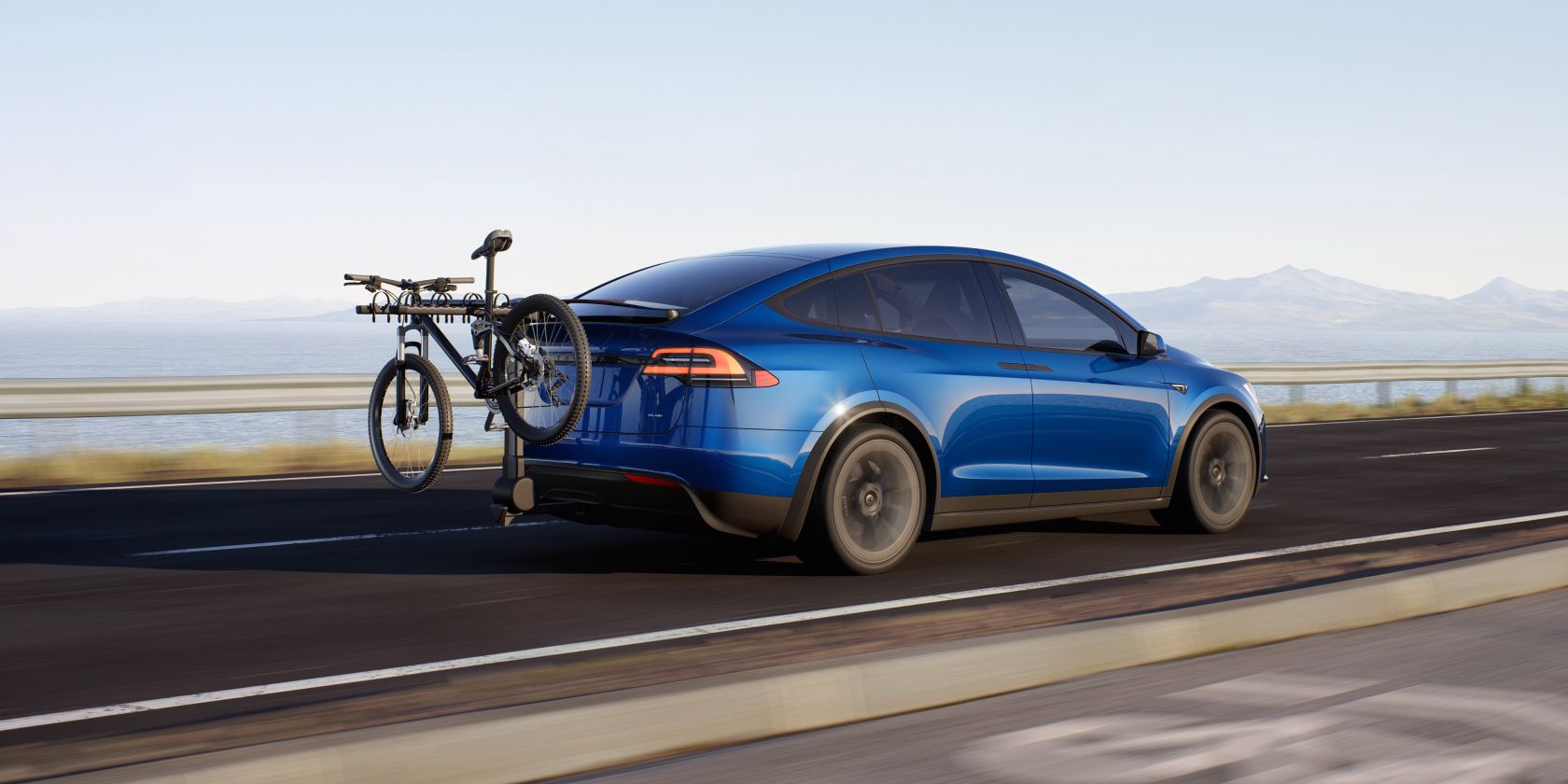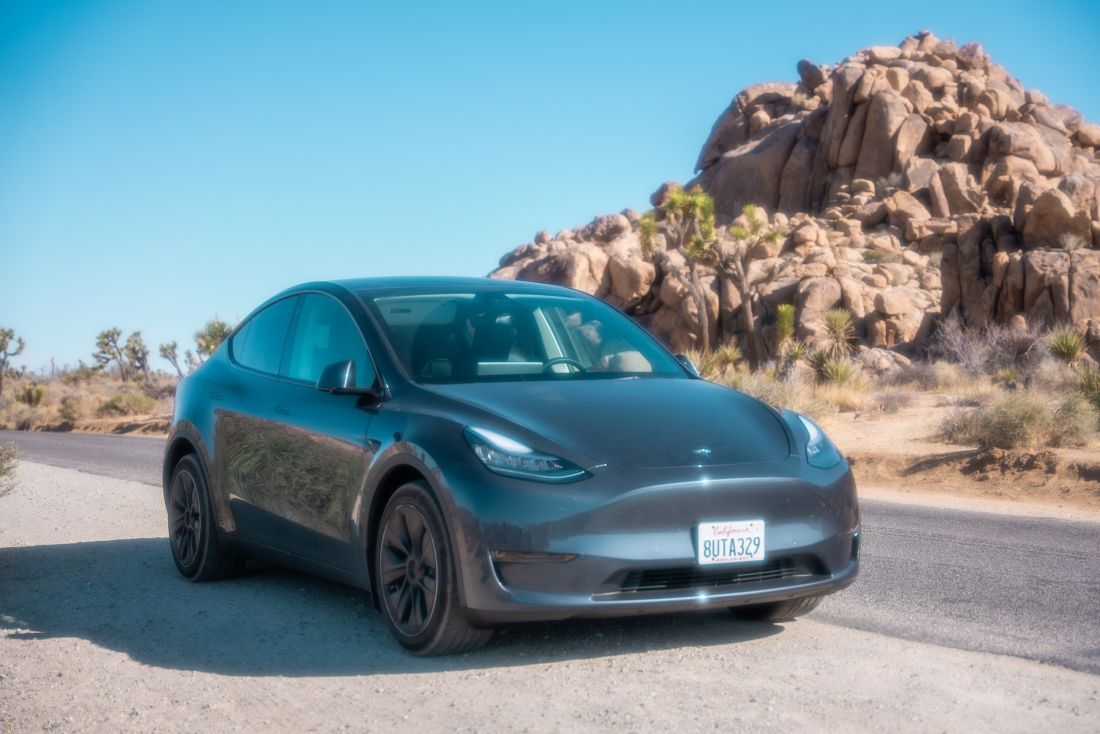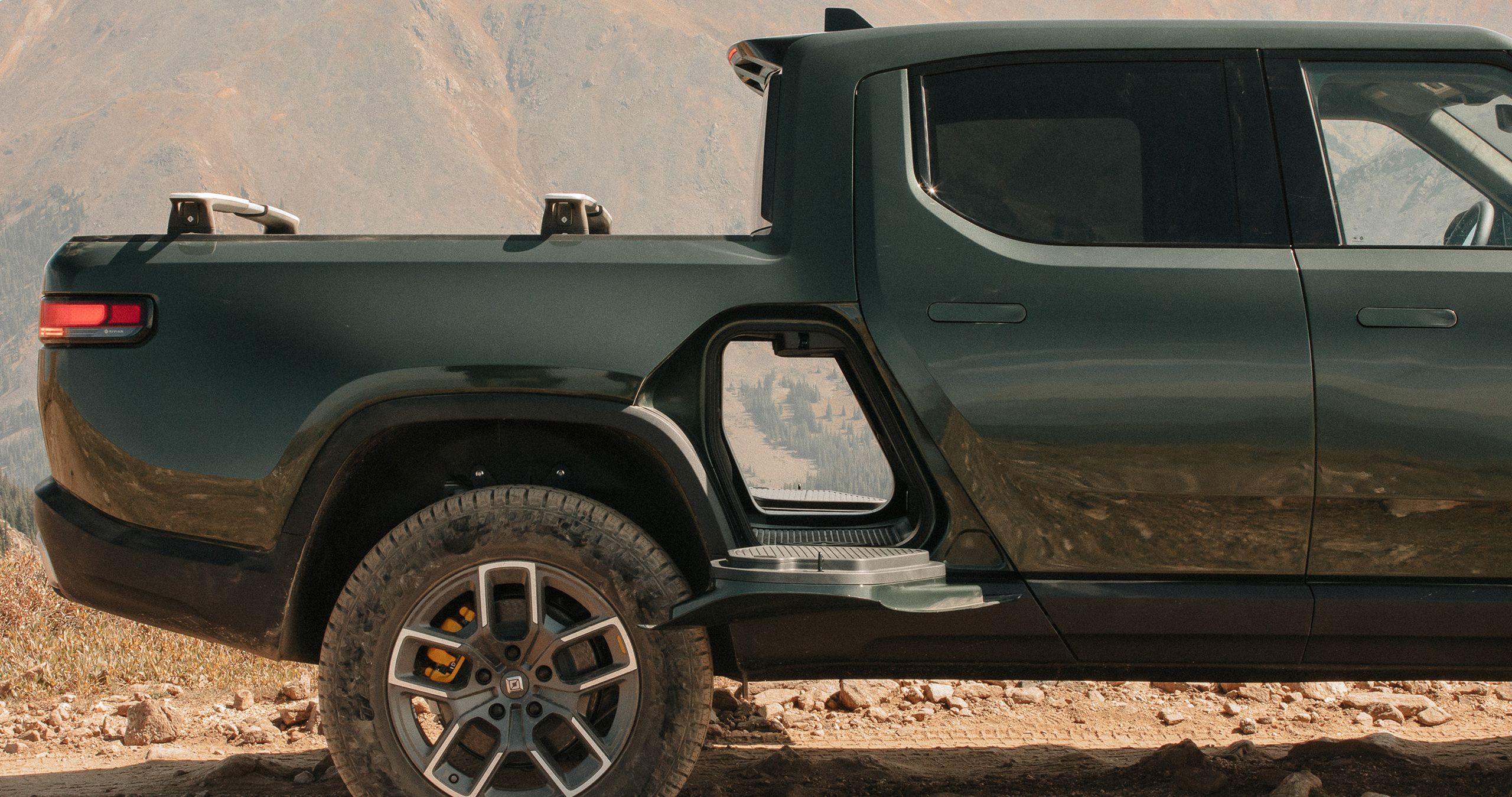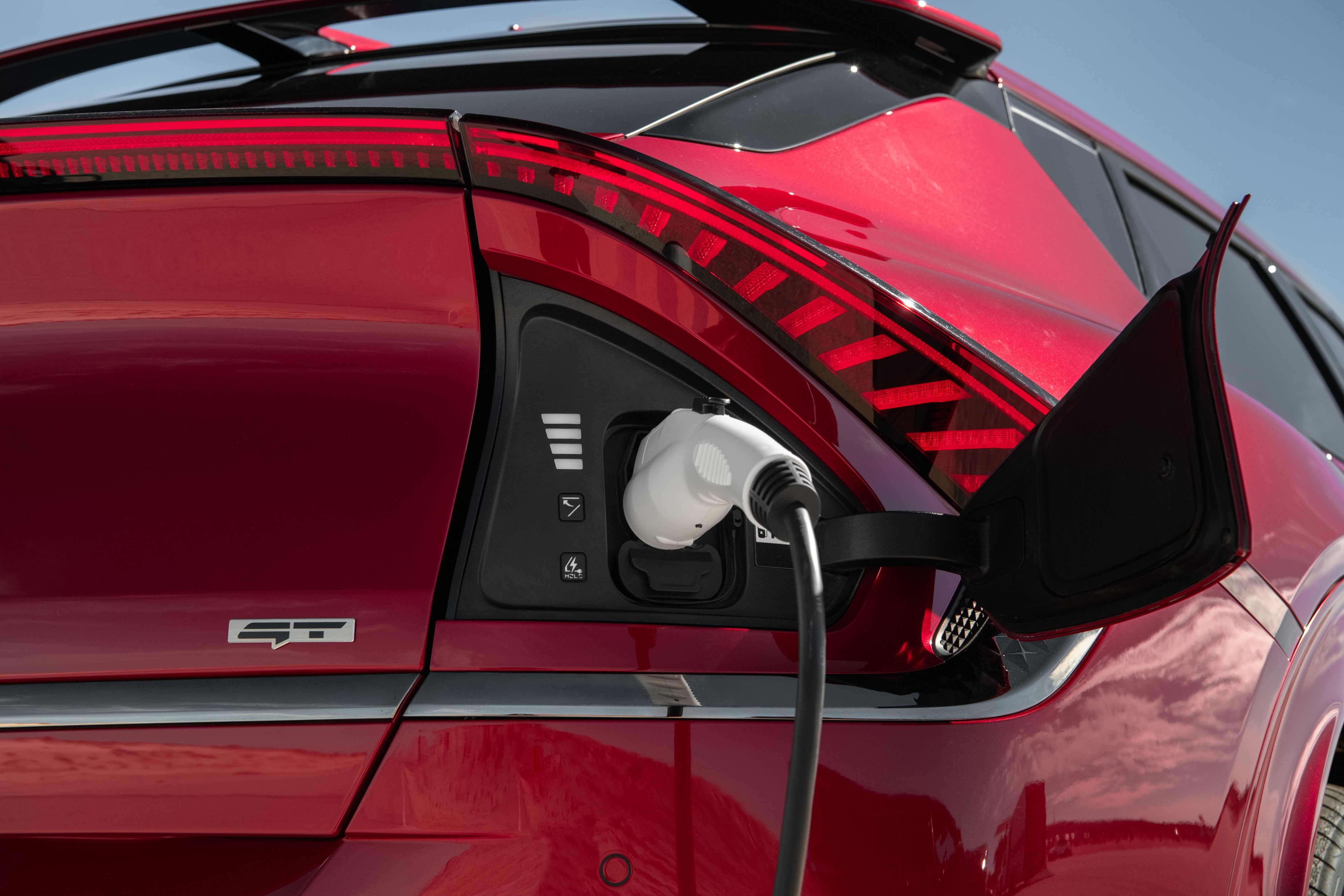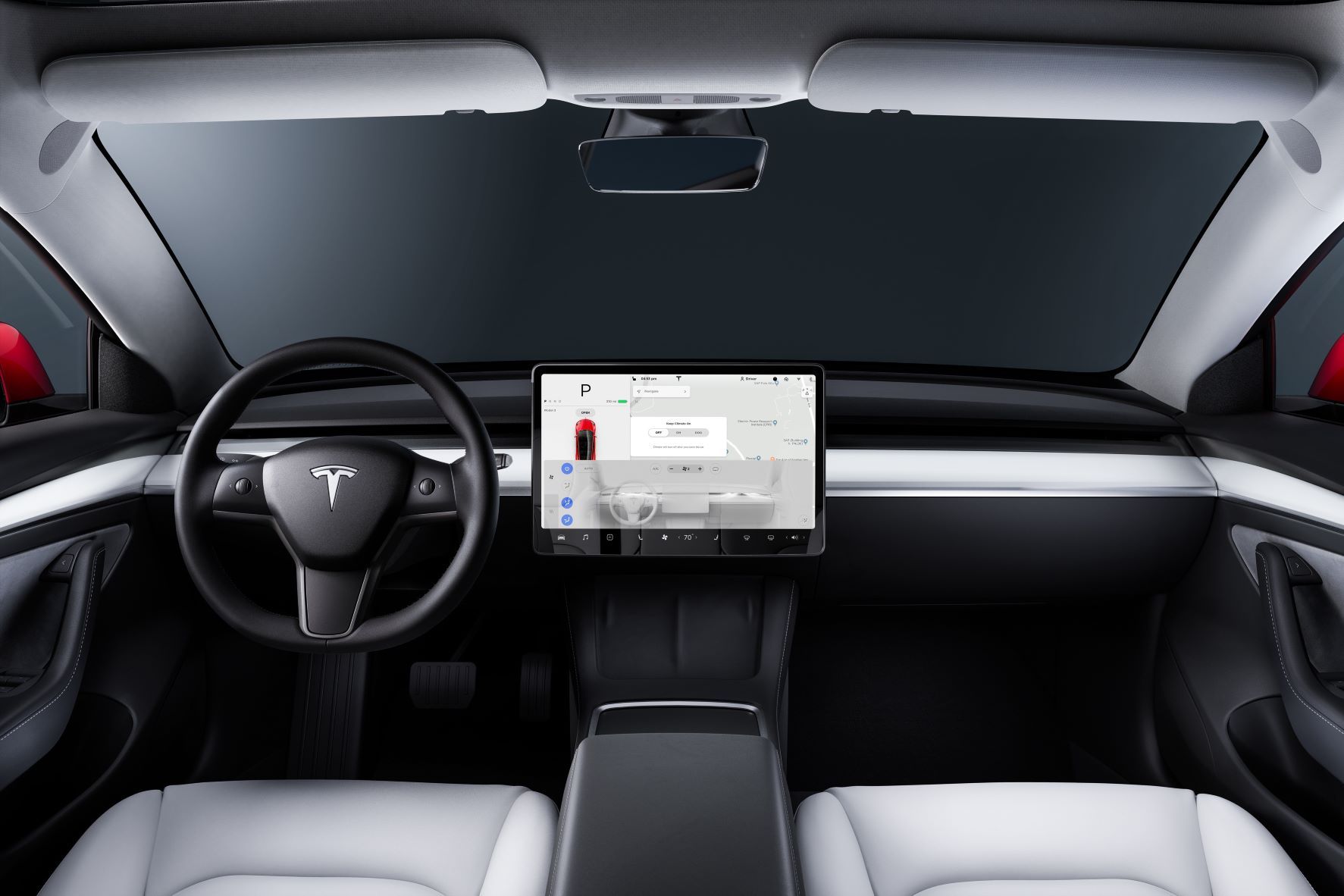If you're wondering if you can plan a long trip to the beach with your EV, or a far-off camping location, you shouldn't worry too much. With today's EVs, range anxiety is slowly becoming a thing of the past, but there are still some considerations to keep in mind when the time comes to hit the road in your electric vehicle.
1. Avoid Getting Your EV Wet With Salt Water
Electric vehicles can be great companions for long road trips, even if you're planning to go to the beach. But you'll want to take precautions if you're heading to the beach in your EV.
Electric vehicles, just like most automobiles, contain materials that can potentially suffer corrosion at the hands of the merciless salt water you'll encounter once you arrive at your destination.
If the trail to reach the beach is full of a mix of mud and salt water, or if you plan on driving your EV in the sand close to the shore, you'll want to take the proper precautions after your journey.
Make sure to clean your vehicle well of any leftover salt, especially if it's mixed in with dirt and grime underneath your vehicle. Tesla's Model 3 Owner Manual instructs you to clean road salt away immediately from your vehicle's components, so the same can apply to salt accumulated from your stay at the beach.
If salt has been used on the highways (such as during winter months), thoroughly rinse all traces of road salt from the underside of the vehicle, wheel wells, and brakes.
It's super important to protect your vehicle from corrosion, and few things are more damaging to your vehicle's overall health than salt accumulating all over vital components.
2. Check Your Spare Tire Before Leaving
Before heading out on your journey, you'll want to check a few things. Possibly, the most important is to check the health and air pressure of your EV's spare tire.
When you're on the road, anything can happen, and running over something as innocuous as a nail can have devastating consequences. As a result, some EVs, like the Rivian R1T, can be optioned out with a full-sized spare tire.
The great thing is that the Rivian also has an onboard air compressor, so low-pressure situations can be remedied without having to call roadside assistance.
Even if your vehicle is equipped with a full-sized spare, you should still check for any signs of damage to the tire, even if the pressure looks OK. Once you've verified the tire, you're closer to embarking on your journey.
The great thing is that EVs don't require such rigorous inspection before a trip, mostly because there's no internal combustion engine.
In a regular car, you'd be advised to check the engine oil and perhaps even the transmission oil (if the car has a transmission dipstick) before heading out. But, with an EV, you definitely won't have to worry about engine oil.
3. Plan Your Charging Pit-Stops Well
Another important element to consider when taking a road trip in an EV is the need to charge the vehicle along the way. Unfortunately, charging an EV takes longer than simply filling up your gas tank.
But charging your EV doesn't have to be a horrible experience. Most electric vehicles nowadays offer upwards of 300 miles of range, so by the time your EV needs a charge, you can stop at a charging station and take a little breather.
Perhaps even have a snack while you wait for your vehicle to charge. Something crucial is making sure there are chargers on the route you're planning to take. Tesla offers an awesome tool called Go Anywhere, while there are other apps you can use to find EV charging stations. Furthermore, Google Maps now has a built-in EV plug-finding option.
This app allows you to input your destination, and it will automatically plan a route, along with the Superchargers you'll need to stop at along the way. The great thing about this app is that it tells you how long each charging session will be along the way.
As EV charging infrastructure keeps improving and battery technology improves, range anxiety will continue to be eradicated from EV owners' minds.
4. Don't Drive Like a Maniac
This one should be obvious, but electric vehicles can experience wild fluctuations in range depending on driving conditions when you're hitting the open road.
This depends on the weather. If it's super cold, you'll have to blast the heater, which will inevitably diminish its range. But driving habits also influence your EV's range.
If you're driving like you're the star of the next Mad Max movie, your EV will eat through its battery much quicker than the manufacturer's estimate for range.
You see, the range estimates don't usually take into account that you'll drive your EV like Sir Lewis Hamilton on the last lap of the British Grand Prix (with three wheels?!). If you want to get the most from your electric vehicle, you shouldn't drive excessively fast on the highway and be gentle on the throttle.
Another great tip is to take advantage of your EVs regenerative braking. If you set the regen to high, you'll recuperate tons of energy for the battery that might otherwise go to waste.
5. Mind Your HVAC
Blasting the heat at full tilt will take its toll on your EV's battery. So, if you're taking a trip during the winter months, there are a few things you can do to ensure your EV doesn't run out of juice before you get to your destination.
One of these is to preheat the vehicle's cabin before leaving while the vehicle is still plugged in. This will ensure that excess energy from the battery is not required to heat the cabin.
You can also use the steering wheel heater and the seat heaters to keep you warm once you're on your way. These typically use less energy than forcing the car to heat the entire interior.
A/C can also have a negative impact on your EV's range, so try skipping the A/C if it's convenient. There are some concessions to be made when taking a long trip in an electric vehicle, but it's still an adventure you'll no doubt enjoy.
Remember that the systems in your EV run off of the battery, so be mindful of the battery life at all times.
Electric Vehicles Are Great Road Trip Partners (if You Plan Accordingly)
Taking a road trip in an EV is totally possible. But you must keep in mind that you're driving an electric vehicle and plan accordingly.
If you take the necessary steps to ensure a smooth trip, you'll have the time of your life. On the other hand, if you neglect the planning stage and set out into the unknown, it's possible you'll be left stranded without battery life far from home.
This is not a fun scenario, so make sure to include the essential fast-charging stops on your route.

